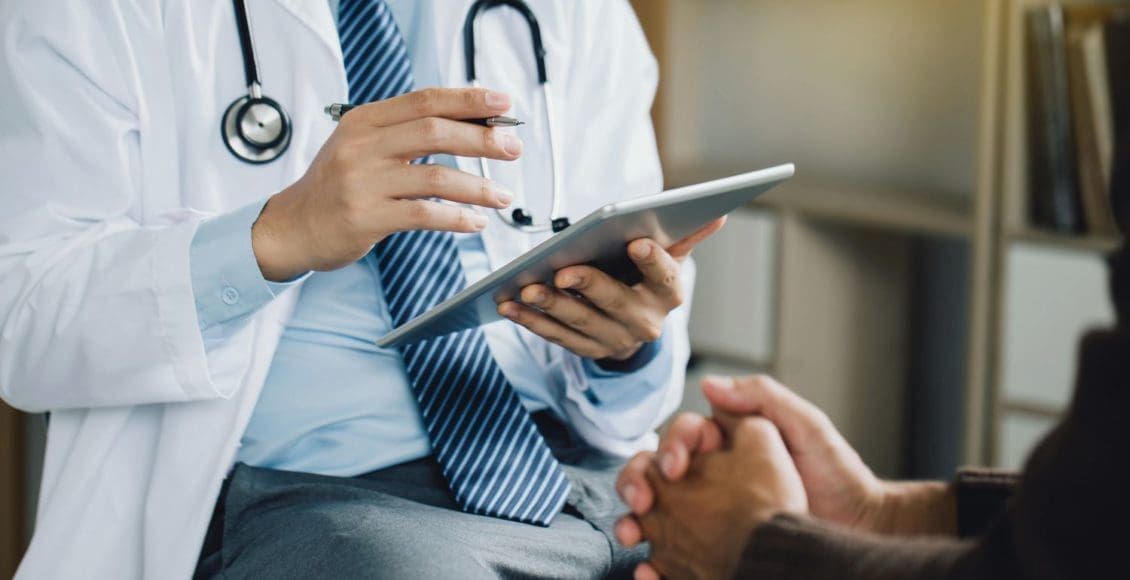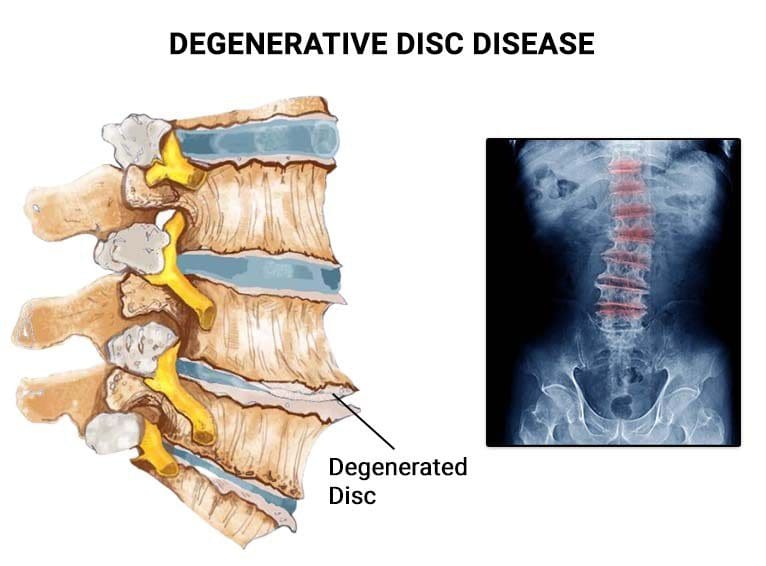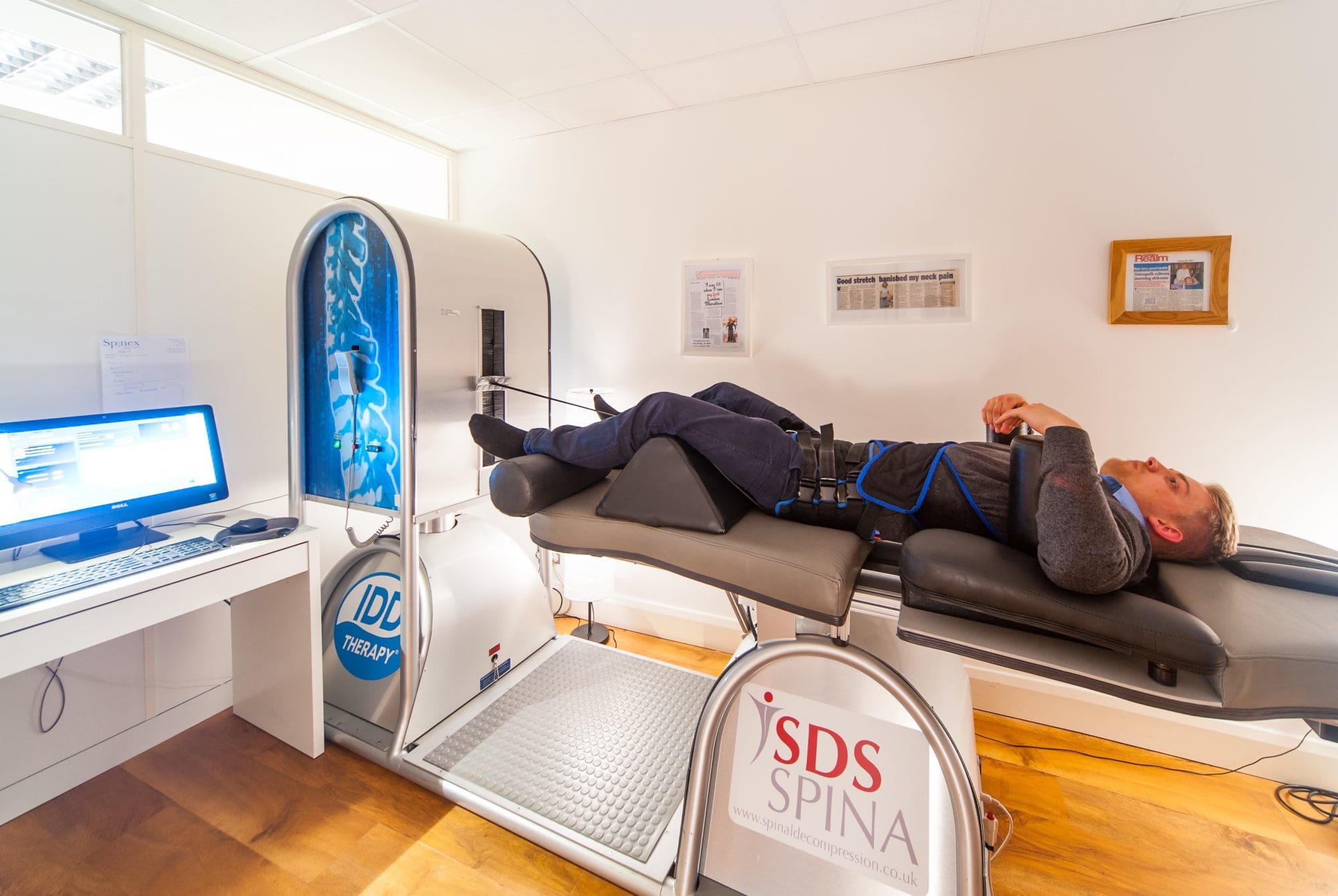Table of Contents
Introduction
Many individuals are unaware of their pain until they perform specific movements that cause discomfort. This is due to the heavy weight that causes the body to carry an axial overload, compressing the spinal disc, which can lead to herniation or degeneration over time if not treated promptly. Compressed spinal discs can cause chronic conditions such as low back pain, spinal stenosis, or intervertebral disc disease (IDD). Several factors contribute to the development of IDD, including chronic conditions that can lead to compressed spinal discs. This condition can be relieved over time through therapy treatments that can reduce the pain effects of IDD and help individuals be more mindful of their spine. This article will discuss IDD therapy’s role in relieving spine pain, treatment protocols, and how it is combined with spinal decompression, a non-surgical therapy. We work with certified medical providers who use our patients’ valuable information to treat individuals suffering from back and spinal disc degeneration while informing them about non-surgical treatments like IDD(intervertebral disc degeneration) therapy and spinal decompression that can help relieve their pain and help rehydrate their spinal disc. We encourage patients to ask essential questions and seek education from our associated medical providers about their condition. Dr. Jimenez, D.C., provides this information as an educational service. Disclaimer
What Is IDD Therapy?
The spine comprises muscles, tendons, ligaments, discs, and bones extending from the skull’s base to the bottom of the sacrum. Its primary function is to keep the body upright and protect the spinal cord from injuries. According to research studies, the spinal discs act as shock absorbers during movement and can become damaged over time, causing pain-like symptoms and chronic conditions. IDD therapy is a common treatment for reducing pain caused by degenerative discs.
Research suggests that intervertebral disc degeneration can cause symptoms related to musculoskeletal disorders such as low back pain, disc herniation, and spinal stenosis. Conservative and non-invasive treatments can reduce the pain-like symptoms and effects caused by IDD. IDD therapy allows the spine to be re-toned, restructured and re-educated. Like spinal decompression, IDD therapy uses gentle traction pulling to rehydrate the discs and reduce the pressure on the nerve roots, as stated by research studies. IDD therapy helps restore muscle strength, increase the spine’s range of motion, and promote the body’s natural healing process to reduce spinal pain associated with environmental factors.
Home Exercise For Pain Relief- Video
Do you experience difficulty doing activities due to back pain? Do you feel stiffness or instability in your lower back? These may be symptoms of intervertebral degenerative disease caused by repetitive motions. IDD can cause chronic musculoskeletal disorders and disability. However, available non-surgical treatments like IDD therapy, which uses negative pressure to rehydrate the spinal disc, can reduce pain. Other non-surgical therapies like chiropractic care and physical therapy can help restore mobility and strengthen back muscles. Check out the video above for home exercise routines that relieve pain.
IDD Treatment Protocols
Dr. Eric Kaplan, D.C., FIAMA, and Dr. Perry Bard, D.C., wrote “The Ultimate Spinal Decompression,” explaining how chiropractors and massage therapists use personalized IDD therapy plans to treat musculoskeletal pain associated with intervertebral degenerative disease. IDD therapy involves strapping the individual to a traction machine and utilizing specific protocols for treatment.
The Treatment Schedule
The first step in IDD therapy is examining the individual’s range of motion, muscle strength, nerve conduction, and SSEP tests. This allows the doctor to document the pain’s location and develop a personalized treatment plan, including the indicated problem, treatment frequency, duration, etc. Afterward, the individual will receive other treatments before the IDD traction therapy machine.
- Therapeutic Ultrasound
- Electro-stimulation
- Interferential Stimulation
- Hydrocolator
This machine gently pulls the spine to create negative space between the spinal column, allowing nutrients to rehydrate the disc and begin healing. The process lasts 20-30 minutes and may cause mild soreness, but progress is seen after a few sessions.
Pre-& Post-Session Physical Therapy
The benefit of combining IDD therapy with physical therapy is that stretching techniques can loosen the surrounding muscles before spinal mobilization, allowing the soft tissues to accept the treatment. After treatment, cryo-therapeutic therapy or an ice pack can alleviate soreness and inflammation. Drinking plenty of water is important to replenish intra-cellular cells, and physical activities can be slowly incorporated to strengthen muscles.
Conclusion
Taking care of the spine is important by not constantly allowing axial overload to compress the spinal disc through repetitive motion. This causes the disc to degenerate and lead to back pain. However, non-surgical treatments like IDD therapy can help reduce the pain and help strengthen the surrounding muscles protecting the spine. IDD therapy is similar to spinal decompression, which allows the individual to be harnessed to a machine and uses gentle traction on the spine to create negative space in the spinal column and promote the body’s healing factors. Many individuals can see the beneficial results over time and continue their daily routine pain-free.
References
Kaplan, E., & Bard, P. (2023). The Ultimate Spinal Decompression. JETLAUNCH.
Disclaimer
Post Disclaimer
Professional Scope of Practice *
The information herein on "IDD Therapy Treatment Protocols For Spinal Decompression" is not intended to replace a one-on-one relationship with a qualified health care professional or licensed physician and is not medical advice. We encourage you to make healthcare decisions based on your research and partnership with a qualified healthcare professional.
Blog Information & Scope Discussions
Welcome to El Paso's Chiropractic Scientist wellness blog, where Dr. Alex Jimenez, DC, FNP-C, a board-certified Family Practice Nurse Practitioner (FNP-C) and Chiropractor (DC), presents insights on how our team is dedicated to holistic healing and personalized care. Our practice aligns with evidence-based treatment protocols inspired by integrative medicine principles, similar to those found on dralexjimenez.com, focusing on restoring health naturally for patients of all ages.
Our areas of chiropractic practice include Wellness & Nutrition, Chronic Pain, Personal Injury, Auto Accident Care, Work Injuries, Back Injury, Low Back Pain, Neck Pain, Migraine Headaches, Sports Injuries, Severe Sciatica, Scoliosis, Complex Herniated Discs, Fibromyalgia, Chronic Pain, Complex Injuries, Stress Management, Functional Medicine Treatments, and in-scope care protocols.
Our information scope is limited to chiropractic, musculoskeletal, physical medicine, wellness, contributing etiological viscerosomatic disturbances within clinical presentations, associated somato-visceral reflex clinical dynamics, subluxation complexes, sensitive health issues, and functional medicine articles, topics, and discussions.
We provide and present clinical collaboration with specialists from various disciplines. Each specialist is governed by their professional scope of practice and their jurisdiction of licensure. We use functional health & wellness protocols to treat and support care for the injuries or disorders of the musculoskeletal system.
Our videos, posts, topics, subjects, and insights cover clinical matters, issues, and topics that relate to and directly or indirectly support our clinical scope of practice.*
Our office has reasonably attempted to provide supportive citations and has identified the relevant research studies or studies supporting our posts. We provide copies of supporting research studies available to regulatory boards and the public upon request.
We understand that we cover matters that require an additional explanation of how they may assist in a particular care plan or treatment protocol; therefore, to discuss the subject matter above further, please feel free to ask Dr. Alex Jimenez, DC, APRN, FNP-BC, or contact us at 915-850-0900.
We are here to help you and your family.
Blessings
Dr. Alex Jimenez DC, MSACP, APRN, FNP-BC*, CCST, IFMCP, CFMP, ATN
email: coach@elpasofunctionalmedicine.com
Licensed as a Doctor of Chiropractic (DC) in Texas & New Mexico*
Texas DC License # TX5807
New Mexico DC License # NM-DC2182
Licensed as a Registered Nurse (RN*) in Texas & Multistate
Texas RN License # 1191402
ANCC FNP-BC: Board Certified Nurse Practitioner*
Compact Status: Multi-State License: Authorized to Practice in 40 States*
Graduate with Honors: ICHS: MSN-FNP (Family Nurse Practitioner Program)
Degree Granted. Master's in Family Practice MSN Diploma (Cum Laude)
Dr. Alex Jimenez, DC, APRN, FNP-BC*, CFMP, IFMCP, ATN, CCST
My Digital Business Card







 Again, We Welcome You.
Again, We Welcome You.
Comments are closed.